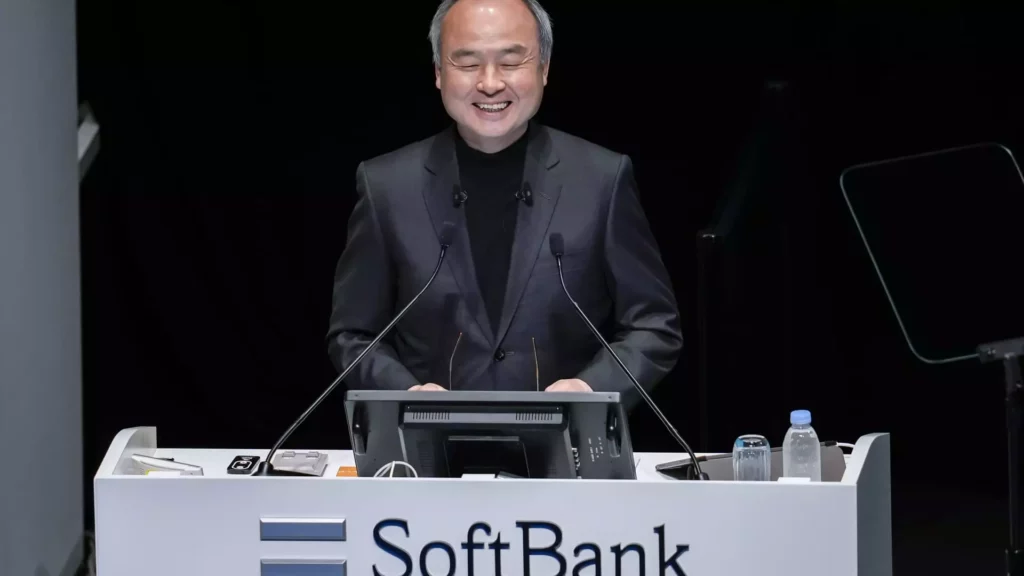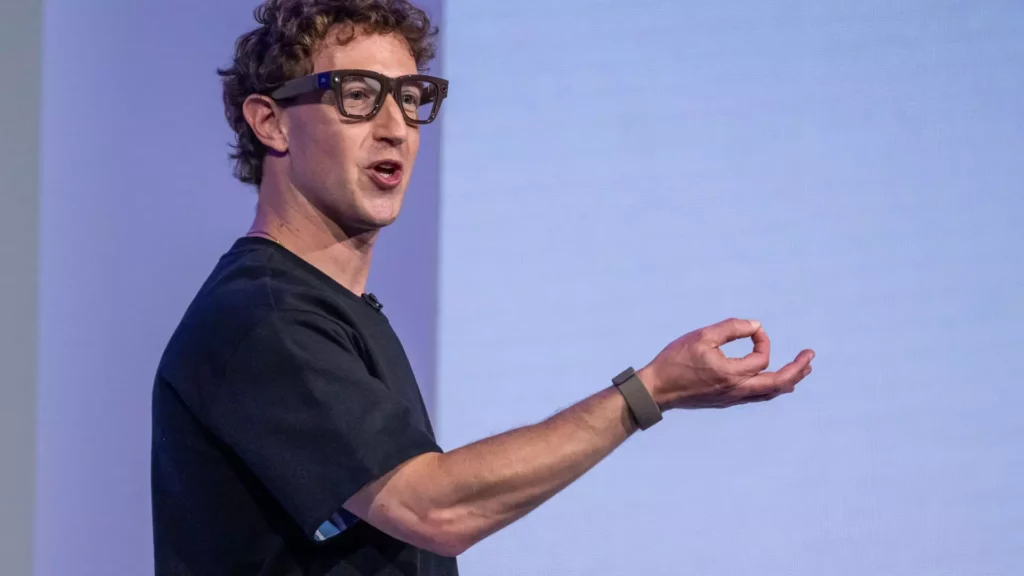Masayoshi Son’s relentless push into artificial superintelligence (ASI) is not the typical cautious wager one expects from a tech investor. While many firms focus on incremental improvements within narrowly defined AI applications, Son sets his sights on a seismic leap — an intelligence 10,000 times more capable than the human brain. This ambition transcends the current AI hype; it is the embodiment of a radical belief in technology’s ability to redefine human civilization. SoftBank’s near-$33 billion planned investment in OpenAI is less about chasing quarterly profits and more about asserting a foundational stake in the future of intelligence itself. Some might label this vision as reckless, yet to dismiss it outright ignores the rare audacity required to drive transformative progress.
The High-Stakes Gamble of Strategic Positioning
Son’s journey with OpenAI is steeped in nuanced strategic missteps and lessons about timing. Initially, OpenAI’s CEO Sam Altman approached SoftBank with a $10 billion pitch — a deal that never came to fruition as Microsoft ultimately became OpenAI’s marquee backer. This early missed opportunity highlights a central irony: SoftBank once poised as a frontline contender, found itself sidelined due to its smaller operational scale and less established platform compared to Microsoft’s vast infrastructure and brand power. It’s a pragmatic reminder that visionary ideas alone don’t guarantee success without the institutional muscle to match. Yet, Son’s subsequent regret appears to fuel rather than stall his determination, suggesting that in the tech world, second chances often come wrapped in heightened stakes.
Microsoft’s Waning Exclusivity and SoftBank’s Opportunity
The Microsoft-OpenAI alliance, once the unassailable nexus of AI investment, has faced strains recently as OpenAI contemplates restructuring toward a for-profit model. This shift caused internal disagreements, fragmenting Microsoft’s exclusive hold and quietly opening a window for SoftBank to deepen its involvement. Son’s insistence on going “all in” regardless of Microsoft’s posture signals a readiness to capitalize on fissures within this alliance—an approach that echoes center-right principles advocating for competition and diversification rather than monopolistic dominance. SoftBank’s dogged pursuit reflects a belief that true innovation cannot be tethered to a single corporate giant but must operate within a more pluralistic ecosystem.
Building Infrastructure — The Often-Ignored Battleground
Investing in software platforms is one thing; controlling the underlying infrastructure that powers artificial superintelligence is a far more demanding challenge. Son’s acquisition of Arm and Ampere signifies a bold and strategic pivot toward owning the semiconductor backbone critical to ASI. This isn’t merely about vertical integration but an attempt to consolidate key supply chains and technological verticals into a unified platform that could shape ASI’s evolution on his terms. It is a logical move for anyone who understands that hardware bottlenecks could throttle software innovation, yet it exposes SoftBank to fierce competition in a capital-intensive, politically sensitive sector. The gamble here is glaringly apparent: SoftBank may struggle against entrenched semiconductor powerhouses and geopolitical complexities, yet failure to attempt this consolidation risks ceding decisive control over AI’s future to others.
SoftBank’s U.S. Industrial Complex: Visionary or Overambitious?
Son’s plan to create a $1 trillion industrial hub in the United States reflects more than technological ambition—it’s a geopolitical chess move. Nesting the future of ASI in the U.S., the epicenter of innovation and regulatory power, aims to secure proximity to talent, capital, and influence. This speaks to a savvy understanding that dominion over AI is inseparable from national strategic interests. However, throwing such vast resources into uncharted waters raises serious questions about the practicality and timing of such an initiative. The geopolitical climate is volatile, and large-scale manufacturing ventures are notoriously fraught with delays and cost overruns. To many skeptics grounded in center-right economic pragmatism, the scale of this vision invites scrutiny—not only for its lofty ambition but because it risks overstretching SoftBank’s financial and managerial bandwidth.
The Price of Vision: Navigating Uncertainties in a Turbulent Market
SoftBank’s approach to OpenAI is a stark departure from conventional investment wisdom centered on profitability and risk mitigation. OpenAI remains an unlisted entity grappling with organizational identity and a clear path to sustainable revenue. Betting billions on such uncertainty is an act of entrepreneurial bravery bordering on recklessness. Yet history consistently shows that major breakthroughs often emerge from high-risk gambles on unproven technologies and platforms. It’s an uncomfortable truth: those unwilling to endure volatility will be sidelined in industries poised for disruptive change. Son’s resolute bet is a reminder that not all successful innovation can be managed like a hedge fund; some require a pioneering spirit and a tolerance for upheaval.
Son’s Determination: A Defining Moment or a Vanity Project?
Masayoshi Son’s colossal bet on OpenAI and the eventual realization of artificial superintelligence represents one of the most audacious corporate strategies in recent memory. Is this an inspired masterstroke or a vanity project fueled by hubris and a desire for legacy? The jury is still out, but his strategy encapsulates a core tenet of center-right liberalism: the fusion of visionary capitalism with calculated risk-taking in pursuit of transformative growth. By refusing to remain a mere financier and instead aiming to architect the ASI era, Son blurs the lines between investor and innovator. This may well set a new blueprint for how corporations should engage with breakthrough technologies—willing to sacrifice near-term comfort for long-term influence and impact.









Leave a Reply